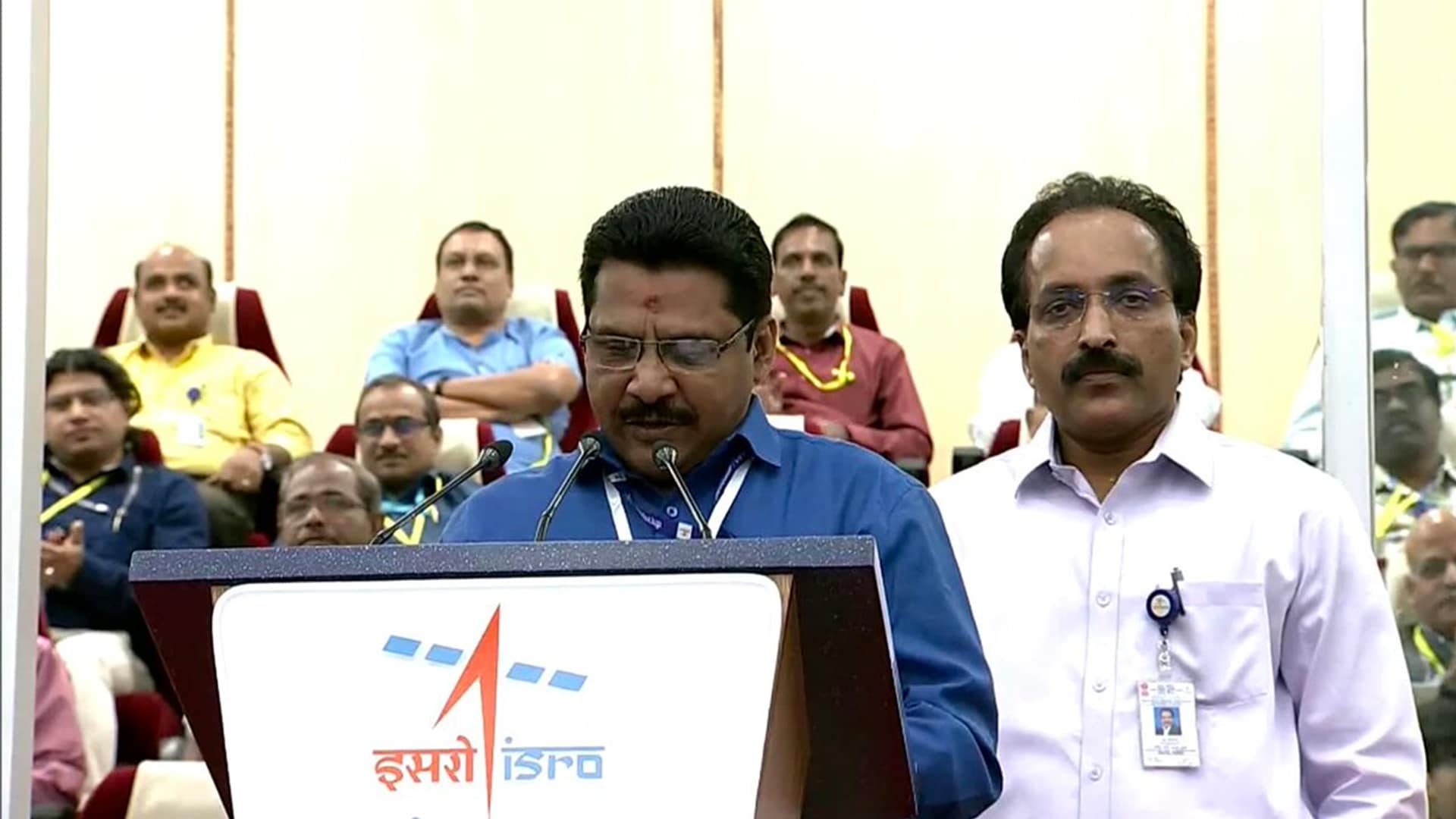In his address after the successul launch of the PSLV-C58 rocket which was carrying the XPoSat satellite, ISRO’s Mission Director Dr Jayakumar M explained how the mission is testament to women’s empowerment in the field of science and technology
ISRO’s recently launched space observatory satellite, the XPoSat or X-ray Polarimeter Satellite is one that has been completely designed by the women scientists and engineers, working at ISRO, Mission Director Dr Jayakumar M has revealed.
Speaking at a press conference after the successful launch of the XPoSat, and several other payloads on board the PSLV-C58 rocket from the Satish Dhawan Space Centre, Sriharikotta, the Dr Jayakumar said, “We are extremely happy to see the grand success of the launch of the PSLV. XPoSat is a space observatory.”
#WATCH | On ISRO’s PSLV-C58 XPoSat Mission launch, Mission Director Dr Jayakumar M says “XPoSat is a space observatory…This is a totally women-engineered satellite for comparison of Solar irradiance and UV index. This showcases women’s empowerment in the field of science and… pic.twitter.com/FOlLgSOM9R
— ANI (@ANI) January 1, 2024
Related Articles

ISRO’s New Year Surprise: All you need to know about India’s XPoSat mission, why it is crucial for the country

Not just XPoSat, ISRO’s PSLV-C58 will also carry a nanosatellite from THIS Indian space startup
He added, “What makes this more interesting, is the host of new technologies that is getting demonstrated in the POEM 3 experiments.”
Explaining what makes the XPoSat mission unique, Dr Jayakumar explained, “We are testing a new fuel cell, a new silicon-based 10 ampere/hour high energy battery, green monopropellant thrusters, amateur radio satellite service, but more importantly, a (completely) women-engineered satellite, for the comparison of Solar irradiance and UV index. This showcases women’s empowerment in the field of science and technology. All the payloads, in fact demonstrate the reforms that are sweeping the Indian Space Sector.”
XPoSat, operating in the medium X-ray band, sets itself apart from NASA’s IXPE, which concentrates on the soft X-ray band.
India has solidified its status as the second nation globally to launch a cutting-edge astronomy observatory devoted to scrutinizing the intricate dynamics of luminous astronomical X-ray sources, with a successful launch.
Orbiting Earth in a low orbit, XPoSat carries two scientific payloads. The primary payload, POLIX (Polarimeter Instrument in X-rays), will gauge polarimetry parameters like the degree and angle of polarization in the medium X-ray energy range of 8-30 keV photons originating from astronomical sources.
Additionally, the XSPECT (X-ray Spectroscopy and Timing) payload will furnish spectroscopic information in the energy range of 0.8-15 keV.
The motivation behind ISRO’s XPoSat mission lies in comprehending the intricacies of emission mechanisms from diverse astronomical sources such as black holes, neutron stars, active galactic nuclei, and pulsar wind nebulae.
While current space-based observatories provide valuable spectroscopic and timing data, the inclusion of polarimetry measurements detailing the degree and angle of polarization holds the promise of advancing astronomers’ comprehension of emission processes from these celestial entities.
(With inputs from agencies)







